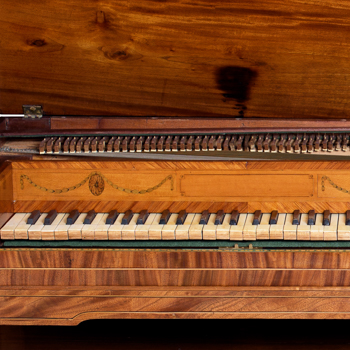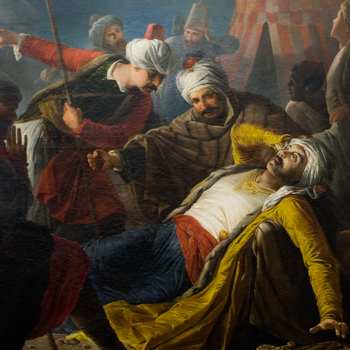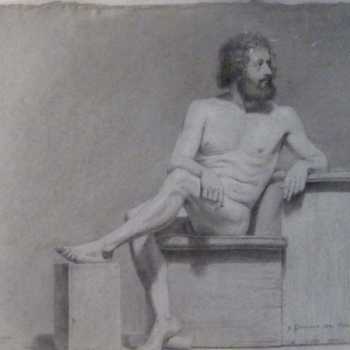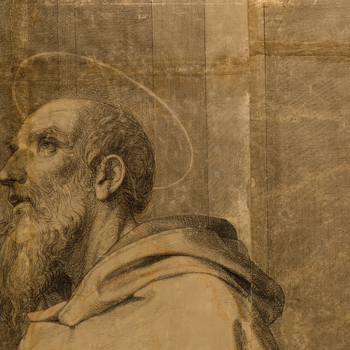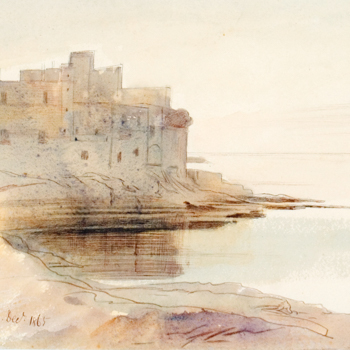Empire
About the narrative
In the 1800s, Malta became part of the British Empire. Malta’s role within such a world system as that of the British Empire found itself caught between its Mediterranean identity and its then-novel significance within a political construct that was broadly expanded.
Progress was acknowledged as an imperial interest, and education in the arts was actively promoted in varied forms. This led to more efficient travel. The view of the islands and its people were consistently pictured by travellers and for travellers. Many Maltese artists travelled themselves, especially to the vast territories in the Far East. The people and their habitats in these exotic locations became favourite subjects of these wanderlust artists.
Regardless of Malta’s increasing international connections, in reality, it remained inward-looking: a staunchly Catholic Mediterranean British colony. This is very much reflected in its artistic production, especially in the works of the Nazarene and Purist schools.
Share
Empire Highlights
Explore popular artworks from the Empire narrative.


